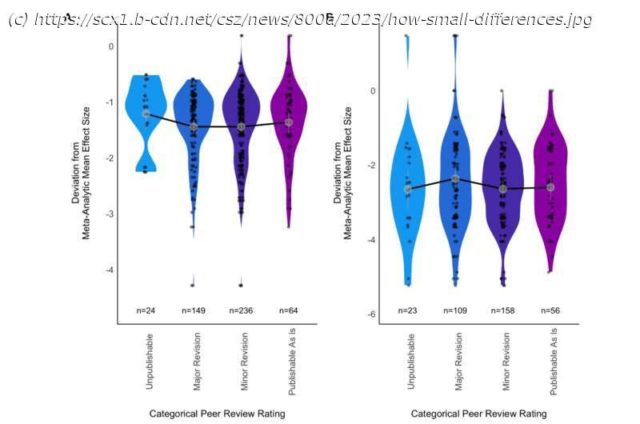Over the past 20 years or so, there has been growing concern that many results published in scientific journals can’t be reproduced.
Over the past 20 years or so, there has been growing concern that many results published in scientific journals can’t be reproduced.
Depending on the field of research, studies have found efforts to redo published studies lead to different results in between 23% and 89% of cases.
To understand how different researchers might arrive at different results, we asked hundreds of ecologists and evolutionary biologists to answer two questions by analyzing given sets of data. They arrived at a huge range of answers.
Our study has been accepted by BMC Biology as a stage 1 registered report and is currently available as a preprint ahead of peer review for stage 2.
The causes of problems with reproducibility are common across science. They include an over-reliance on simplistic measures of «statistical significance» rather than nuanced evaluations, the fact journals prefer to publish «exciting» findings, and questionable research practices that make articles more exciting at the expense of transparency and increase the rate of false results in the literature.
Much of the research on reproducibility and ways it can be improved (such as «open science» initiatives) has been slow to spread between different fields of science.
Interest in these ideas has been growing among ecologists, but so far there has been little research evaluating replicability in ecology. One reason for this is the difficulty of disentangling environmental differences from the influence of researchers’ choices.
One way to get at the replicability of ecological research, separate from environmental effects, is to focus on what happens after the data is collected.
We were inspired by work led by Raphael Silberzahn which asked social scientists to analyze a dataset to determine whether soccer players’ skin tone predicted the number of red cards they received.






